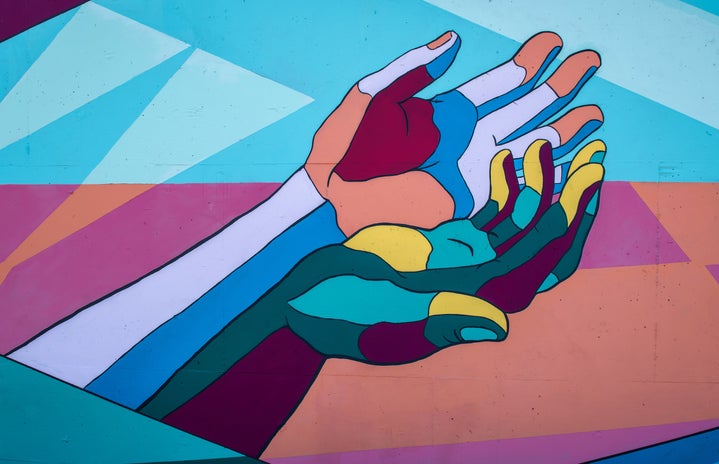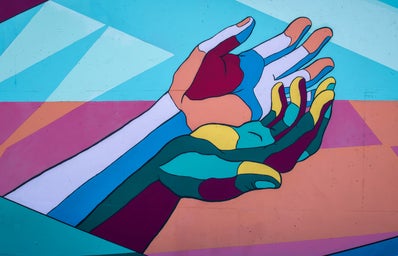After taking four art history classes, I still could only name a handful of Black artists that we were taught. This is not so much to blame on my professors individually, but rather our historical erasure of black people’s works and accomplishments. We simply do not have the records to look back at because of the white supremacist tendencies of the art world.
Thankfully, this started to change eventually. Though it is likely due to black people finally having the ability to document their work themselves, with the academy not being the only judge on whether or not art is worth being seen. It wasn’t until the late 20th century that we began showing entirely black art exhibitions. These exhibitions (Two Centuries, Panorama, Three Graphic Artists) were only made possible due to the activism and hard work of black artists in America. As a result of this, the Black Arts Movement arose in the U.S. in the 60s and 70s. Black artists were finally able to be recognized for their work while openly exploring art that celebrates their culture. Here are some of the artists that participated in these shows and paved the way for Black artists in America.
- David Hammons
-
His work varies from sculpture, print, video, and paintings. His perspective on the African American experience is an important voice we need in order to understand the culture.
- Senga Nengudi
-
“Best known for her abstract sculptures that combine found objects and choreographed performance.”
- Timothy Washington
-
L.A. mixed media artist who covers socio-political topics such as the intersect of patriotism and afrofuturism.
- Betye Saar
-
Also from Los Angeles. “Known for her work in the medium of assemblage”.
- Noah Purifoy
-
A visual artist and sculptor. Many of his works are exhibited in the Joshua Tree outdoor museum in California.
- John Outterbridge
-
Artist and activist, Outterbridge’s work revolves around his personal life and identity.
Many of their artworks were criticized for being too black or not “black enough”. Critics complained about them covering too much social history, which is ironic because historical art has always been regarded as the highest category of art. What is more probable is the content they covered made white audiences uncomfortable. On the other hand, they weren’t “black enough” because the expectations they had about black people’s art was that it would be completely different than white people’s art and shouldn’t cover the same ideas. In reality, black people’s voices deserve to be heard outside of a set space just for “black artwork”. These artists have helped to get us closer to this realization though we have a long way to go.


